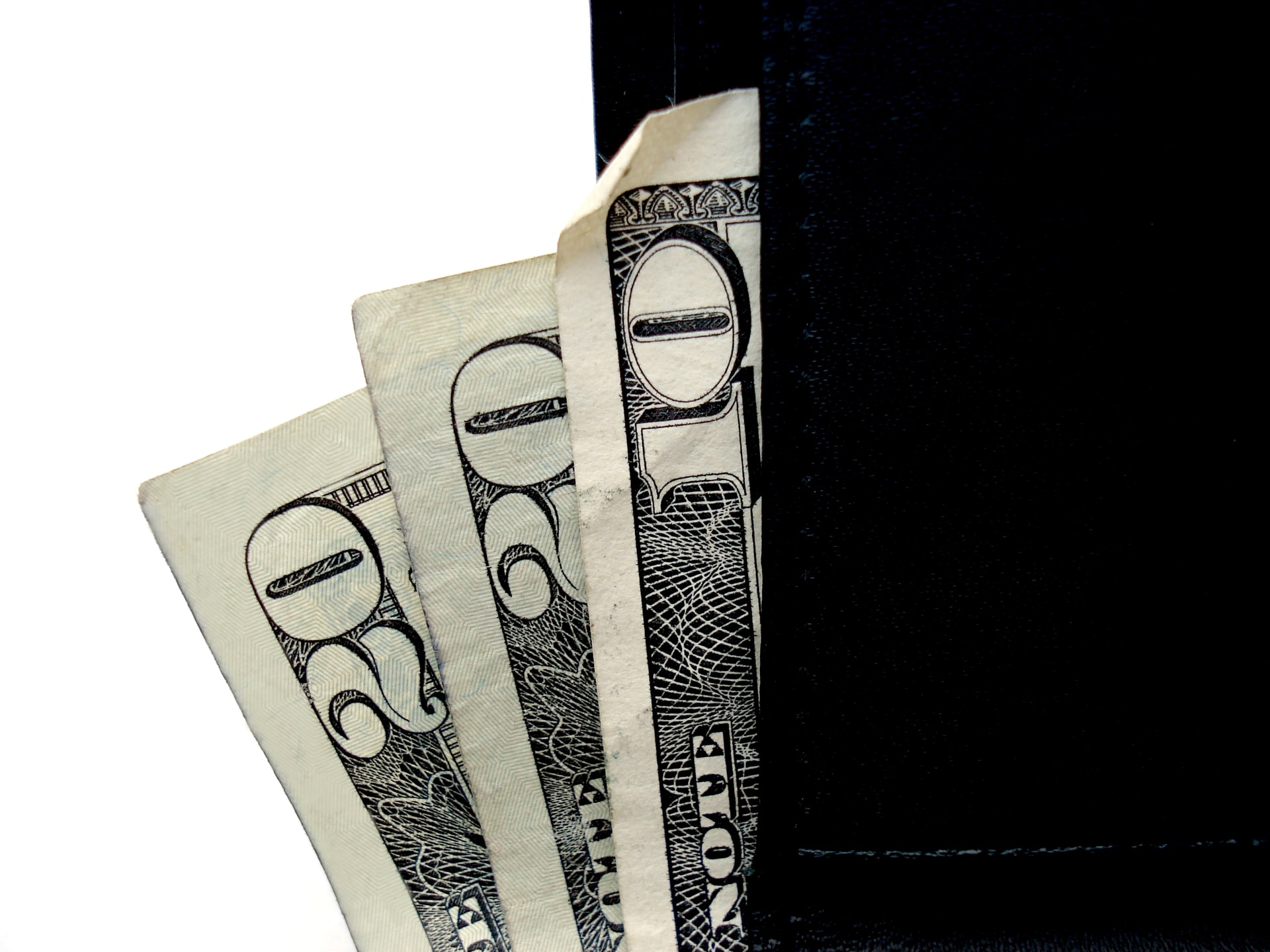At the Law Offices of David Pankin P.C., we have helped well over 10,000 clients file for bankruptcy in New York. We have heard many different incorrect conceptions about bankruptcy from our clients over the years. Here are the six most common myths that we have encountered:
1. My credit will be permanently damaged – FALSE
Filing for bankruptcy does not permanently damage one’s credit score or access to credit. Contrary to this myth, a 2015 study from the Federal Reserve Bank of New York, concluded that filing for bankruptcy often leads to both a better credit score and better access to credit. The study found that after just 3 months from discharge, the credit score of someone who files for bankruptcy is on average 80 points higher than someone who was in a similar insolvent position who did not file. In addition, the study found that those who filed for bankruptcy opened new unsecured accounts post-discharge at a higher rate compared with those who were insolvent but did not file for bankruptcy.
The findings of this study are corroborated by reports from our former clients, many of whom see an increase in their credit score of 100 to 150 points after one year from discharge. In addition, many of our former clients receive credit card offers within weeks of receiving a bankruptcy discharge. We recommend obtaining a new credit card and then paying the bill on time and in full each month. It is also important to not max out the credit limit on the card, because this could have a negative effect on credit. The fastest way to rebuild a credit score is to use that credit responsibly, because timely bill payment can constitute 35% of one’s score. While a debtor’s credit rating may be negatively affected when they file for bankruptcy, their credit score will not be permanently damaged.
A bankruptcy can help eliminate the negative consequences of unpaid debts, whether a debtor files under Chapter 7 or Chapter 13. Even though bankruptcy may stay on their credit for several years, they can begin rebuilding a fresh credit history right away. The bankruptcy will be removed from a credit report, ten years after filing for a Chapter 7 and seven years for a Chapter 13, revealing a clean slate.
It is also important to take into account that someone typically struggling financially and/or considering bankruptcy already has impaired credit. Late payments, minimum payments, being close to a credit limit, car repossession, late mortgage payments and foreclosure are all other factors that can severely effect a credit score.
More information: https://www.newyorkfed.org/research/staff_reports/sr725
2. I cannot keep my car and/or my house – INACCURATE
When a debtor files for bankruptcy, they can keep all their possessions that are considered exempt under the applicable laws. Only certain property is protected in a bankruptcy, as it is exempt under either the federal law or New York State law. A debtor can only select exemptions under state law or federal law, exclusively. One cannot pick and choose between state and federal exemptions.
Both set of exemptions contain potentially enable a debtor to keep a car and/or a home. However, please note there are specific equity limits for each:
NY State for primary residence: $170,825 (if the property is in the counties of Kings, Queens, New York, Bronx, Richmond, Nassau, Suffolk, Rockland, Westchester, or Putnam). This amount is doubled for a joint filing where the husband and wife are both on the deed.
NY State for vehicle: $4,550
Federal Exemption for primary residence: $25,150.
Federal Exemption for vehicle: $4,000
Federal wildcard exemption: $1,325 plus $12,575 of any unused portion of the homestead exemption is available to exempt any property.
If a debtor’s equity in their property is less than the applicable bankruptcy exemptions, a bankruptcy trustee will be unable to sell their property to pay creditors. New York homeowners are much more likely to use the New York state exemption since New York’s homestead exemption is much more generous than the federal one.
Above and beyond a trustee’s right to sell debtor’s property, the debtor must stay current on their secured obligations, like mortgage or car loan payments. In a Chapter 13 bankruptcy, a debtor can pay back any outstanding payments over a 60-month payment plan while retaining their property. However, please note that the Chapter 13 plan must be feasible given the debtor’s income and budget.
3. I will not be able to buy a house or car – UNTRUE
The idea of not being able to ever finance a car or home after bankruptcy would understandably make many people nervous. This myth can be very scary for someone who would like to purchase a house in the future or needs a car to get around. Luckily, this myth is simply untrue. Filing for bankruptcy does not mean a debtor will never be able to get new credit or a loan. They may however need to wait a relatively short while after receiving a discharge. FHA regulations allow a debtor to potentially qualify for a mortgage one year after a chapter 13 filing and two years after filing a chapter 7 bankruptcy. For a more conventional mortgage, a debtor should wait approximately four years. As far as buying a car, a debtor may qualify for new lease or financing shortly after a bankruptcy discharge or even while a chapter 13 case is open. However, they longer a debtor can wait, the more attractive the lease and financing terms will be if their overall credit improves.
4. Married couples must file jointly – WRONG
There is no requirement that spouses file for bankruptcy together. However, spouses can voluntarily file a joint bankruptcy petition which is a right that is granted by the Bankruptcy Code. This makes a joint filing more efficient and saves the couple the cost of one filing fee and other costs involved in a filing. It is not unusual for one spouse to have a significant amount of debt solely in their name. In these cases, it is often best for the spouse with the large amount of debt to file for bankruptcy alone. However, if spouses are jointly liable for a debt it makes sense for them to file jointly. If only one spouse files on a jointly owed debt, then the creditors can demand payment from the spouse that did not file. There are other factors that may also influence whether one spouse should file an individual bankruptcy such as asset ownership and if a means test applies to a case.
5. You can only file for bankruptcy once – FALSE
Debtors are permitted to filing bankruptcy more than once. In fact, we have assisted many debtors who filed bankruptcy previously with their subsequent bankruptcy filings. When a debtor can refile depends on when their bankruptcy petition was filed and which chapter they filed. This is known as the 2-4-6-8 rule.
2 years – If a debtor received a discharge in a Chapter 13, then they can file a second Chapter 13 case after 2 years.
4 years – If a debtor received a discharge in a Chapter 7 case, then they can file a Chapter 13 case after 4 years.
6 years – If a debtor received a discharge in a Chapter 13, then they can file a Chapter 7 case after 6 years. There is an exception to this rule. If the debtor paid 100% to all creditors in the first Chapter 13 case or the court finds that they made their best efforts to pay creditors at least 70% of their debts in the prior case, then the rule does not apply.
8 years – Finally, if a debtor received a discharge in a Chapter 7 case, then they can file a Chapter 7 case after 8 years.
Please note, that if a debtor’s prior case was dismissed without prejudice, there is typically no waiting period to refile a bankruptcy, although multiple filings within the same one year period have restrictions that can result in the debtor being denied protection from their creditors via the automatic stay.
6. I don’t qualify for Chapter 7 Bankruptcy because I am subject to the Means Test –OFTEN NOT TRUE
A debtor can be subject to the Means Test and still qualify for Chapter 7 Bankruptcy. When the bankruptcy laws were amended in 2005, the method by which debtors qualify for bankruptcy was changed. With a few exceptions, if a debtor’s total household income from all sources is over the median income for their household size, then the Means Test applies. The median income statistics used to determine if the Means Test applies are compiled by the U.S. Trustee’s Office for the U.S Department of Justice. The Means Test is an income and expense test that was designed to push more debtors, who the law considered to be high income earners, into chapter 13 bankruptcy. Once it is determined that the Means Test applies, it needs to be calculated to see if a debtor passes or not.
The Means Test starts by determining a debtor’s “current monthly income” (average income over the last six calendar months before filing for bankruptcy). Please note, income from Social Security and disability benefits paid by the U.S. Department of Veterans Affairs and the U.S. Department of Defense are not included in a debtor’s “current monthly income” but all other income from any other source counts. The debtor’s “current monthly income” is then reduced by a set of allowed expenses specified under the local collection standards of the Internal Revenue Service to arrive at their monthly “disposable income.” There are some other certain actual expenses that are taken into account in the calculation such as secured debt payments and payments to charity or religious organizations. If the debtor passes, they can file Chapter 7 bankruptcy.
The higher one’s disposable income, the more likely a debtor will not be allowed to file a Chapter 7 bankruptcy. However, a payment plan through Chapter 13 bankruptcy may still be possible if it makes financial sense for a debtor. If a debtor is wondering whether they pass the Means Test, it is best to consult with an experienced bankruptcy attorney since the proper calculation is important and can be complex.
As a Brooklyn bankruptcy law firm, The Law Offices of David I Pankin, PC has been helping debtors file for bankruptcy for over 24 years. If you have any questions regarding filing for either Chapter 7 or Chapter 13 bankruptcy, feel free to contact our offices at 888-529-9600 or by using our easy online contact form. We look forward to the opportunity to providing you with a fresh financial start.






